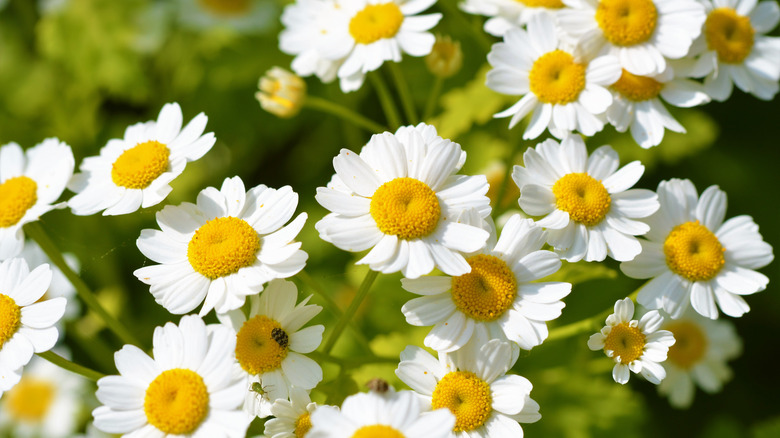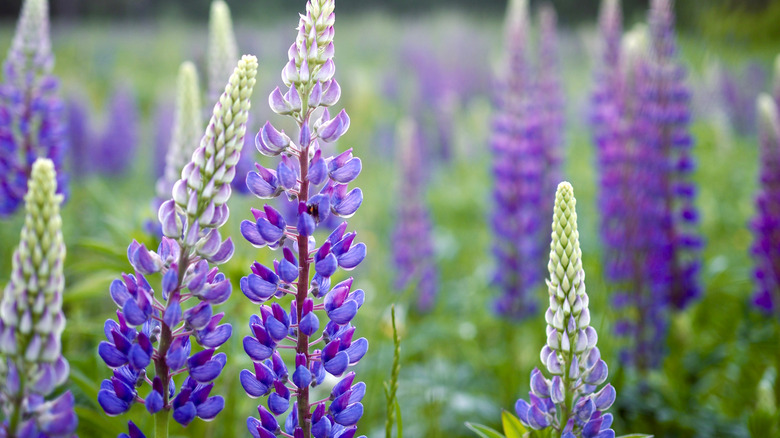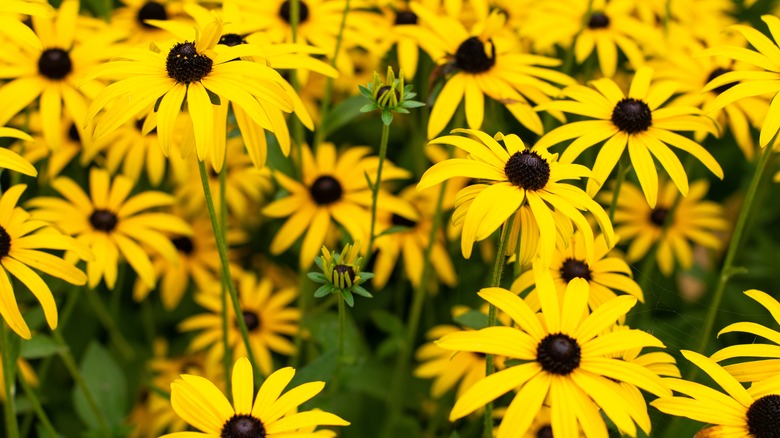Short-Lived Perennials: The Hack To Keep Your Garden Fresh Year-Round Without The Work
In its most basic form, a perennial is simply a plant or flower that keeps on coming back, year after year. If given proper care and attention, perennials can live 20 years or more, notes Iowa State University. Their cousin, the short-lived perennial, has a lifespan of around two to five years, though some have been known to live for a decade. They typically flower in abundance during their first year of life, but as they age, they bloom with less pizzazz until they die off. Gardening gurus and botanical professionals across the web debate that the actual lifespan of both short-lived and typical perennials can only be based on plant hardiness and floral-tending prowess.
So why would you want to grow beautiful blooms only to have them last for only a few seasons? Besides being more affordable than regular perennials, they're also easy to take care of. (Because who wants to deal with a high-maintenance garden full of finicky flowers?) On top of that, short-lived perennials also give the effect that your garden is in a constant state of flux because each flower has its own bloom schedule. This means your garden will be filled with different overlapping, brightly colored blossoms on a weekly to monthly basis.
Why your garden wants short-lived perennials
There are several reasons why you and your garden will want to have short-lived perennials added into the floral mix. Besides your garden looking more alive and vibrant than ever, there's no shortage of short-lived perennials for you to choose from. Variety means diversity, which also means you're going to be bringing beneficial insects into your garden, like ladybugs, bees, butterflies, and praying mantises. Don't forget the assortment of birds, bats, and other small critters that help with pollination, too.
Short-lived perennials serve as effective soil stabilizers by growing faster than their long-lived perennial counterparts. Their roots help hold the soil in place until the slower-growing late bloomers begin to take root. Many short-lived perennials undergo a process known as naturalization, where they self-seed and basically take care of all the hard replanting work that you would otherwise have to do. (What a thoughtful group of plants.)
A few perfect blooms to get you started
You might be wondering if you've ever actually seen a short-lived perennial before, and the answer is yes, you have. Echinacea, lupine, hyacinth, Iceland poppy, and brown-eyed Susan, are all prime examples of short-lived perennials.
But when it comes to lifespan, not all are created equal. Remember how each short-lived perennial can have a different bloom time? When it comes to lighting up your garden, it's best to keep your flowers on an informal schedule. For example, brown-eyed Susans bloom from late summer to the first hard frost, or around two to three months. The Iceland poppy shows its smiling face May through July. And coneflowers (echinacea) go on display from June through September. Lupine flowers live from May to June, lasting around four weeks. Lastly, the hyacinth has the shortest life cycle of the group. It blooms for only two short weeks, sprouting its fragrant flowers around the beginning of spring.


